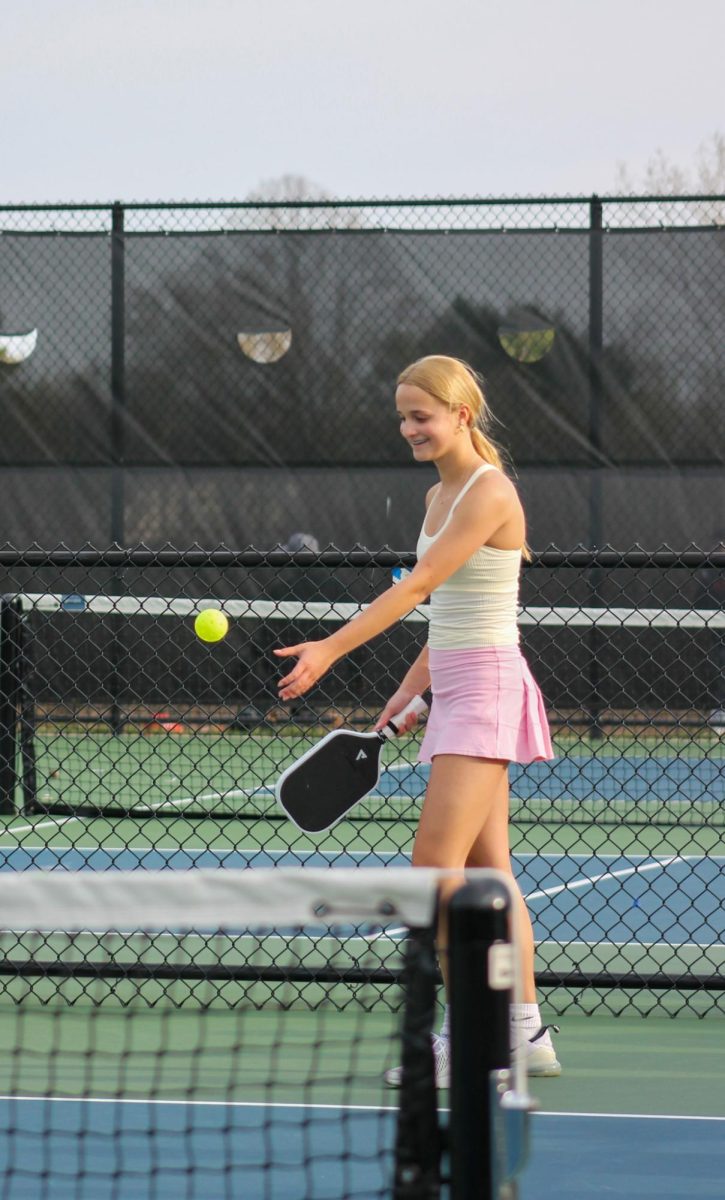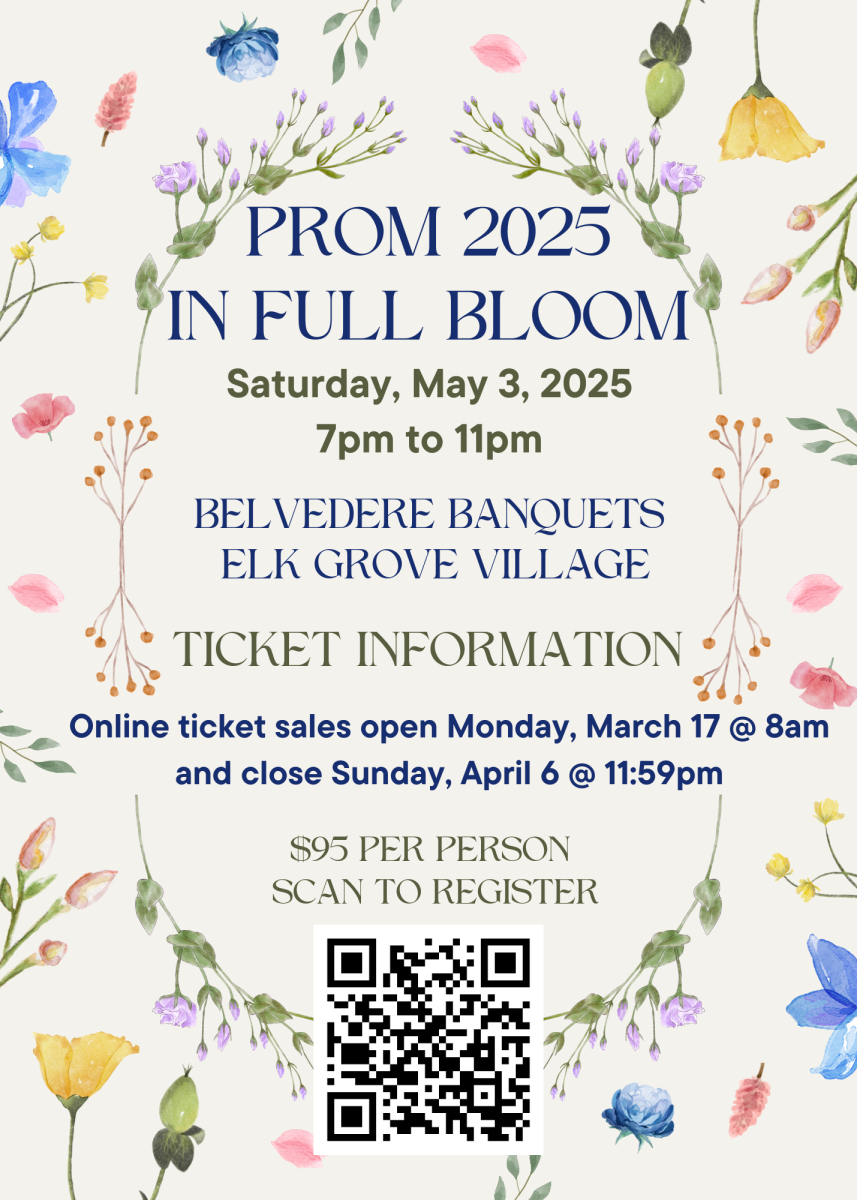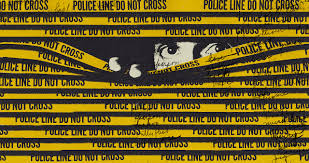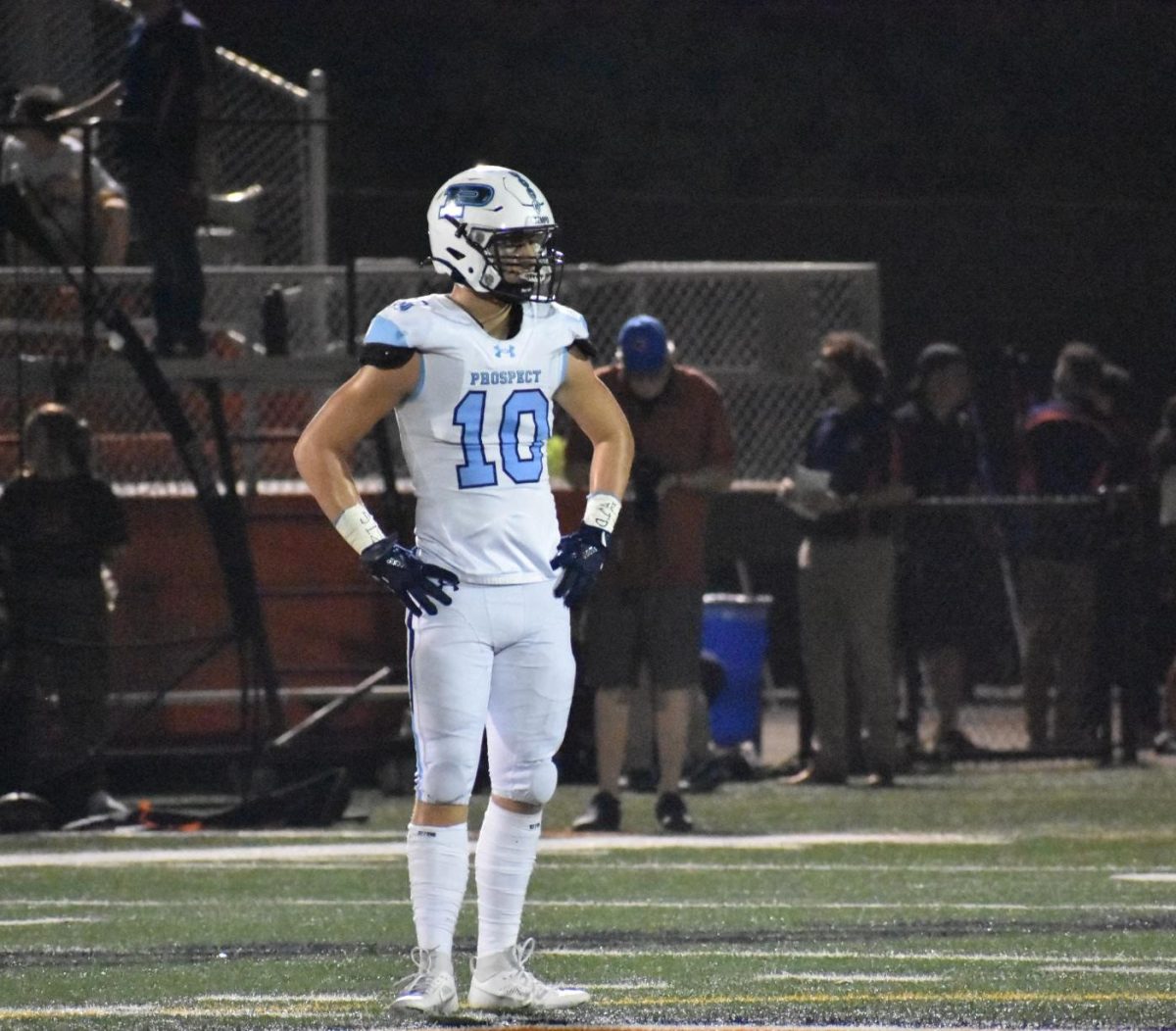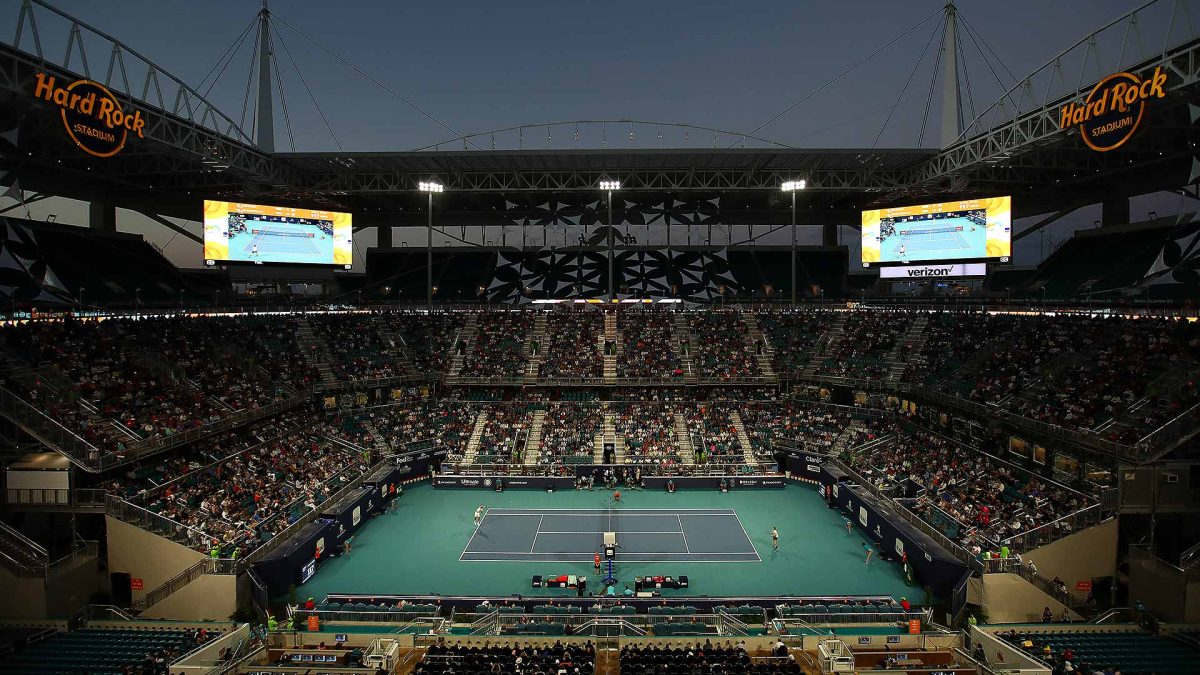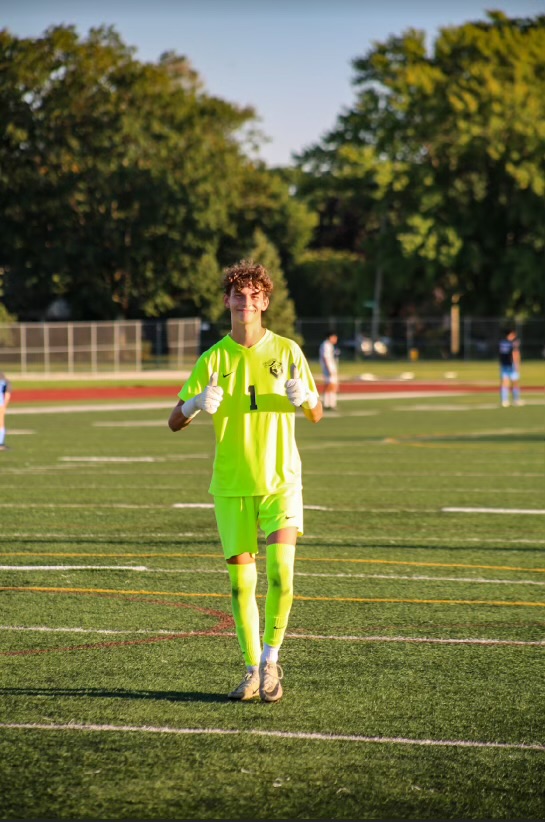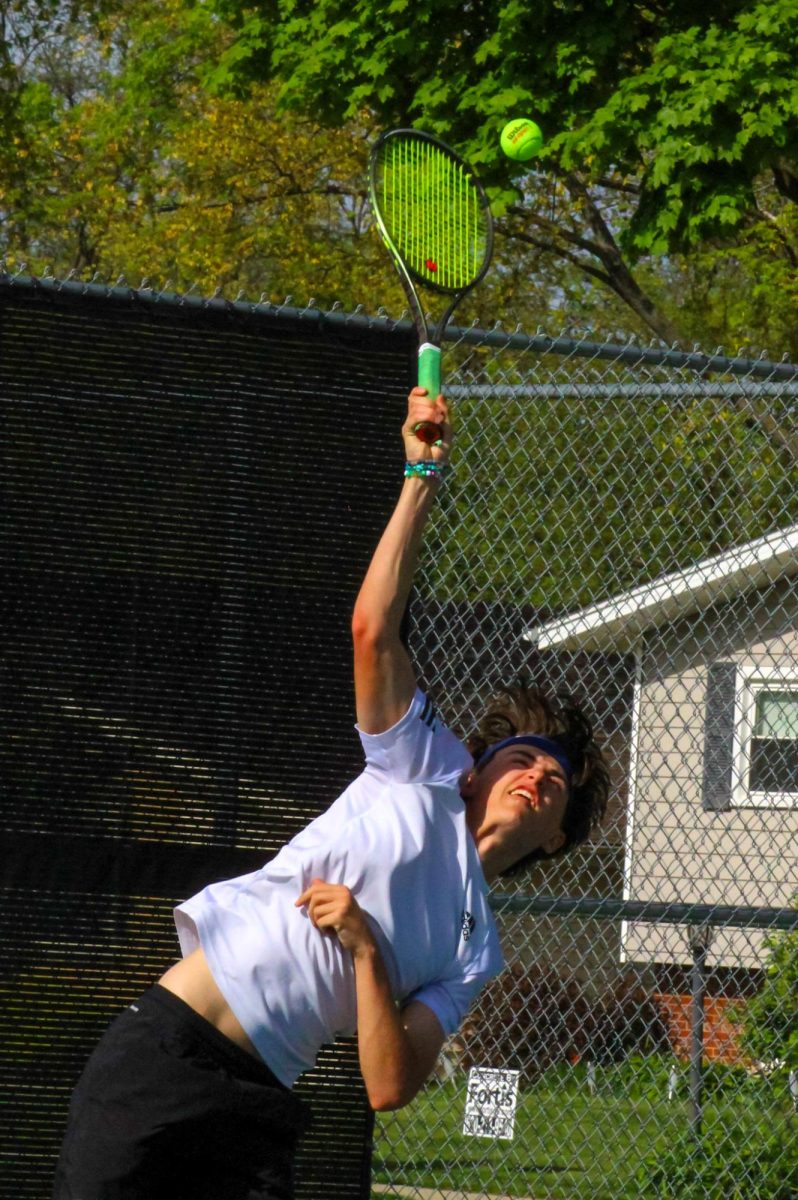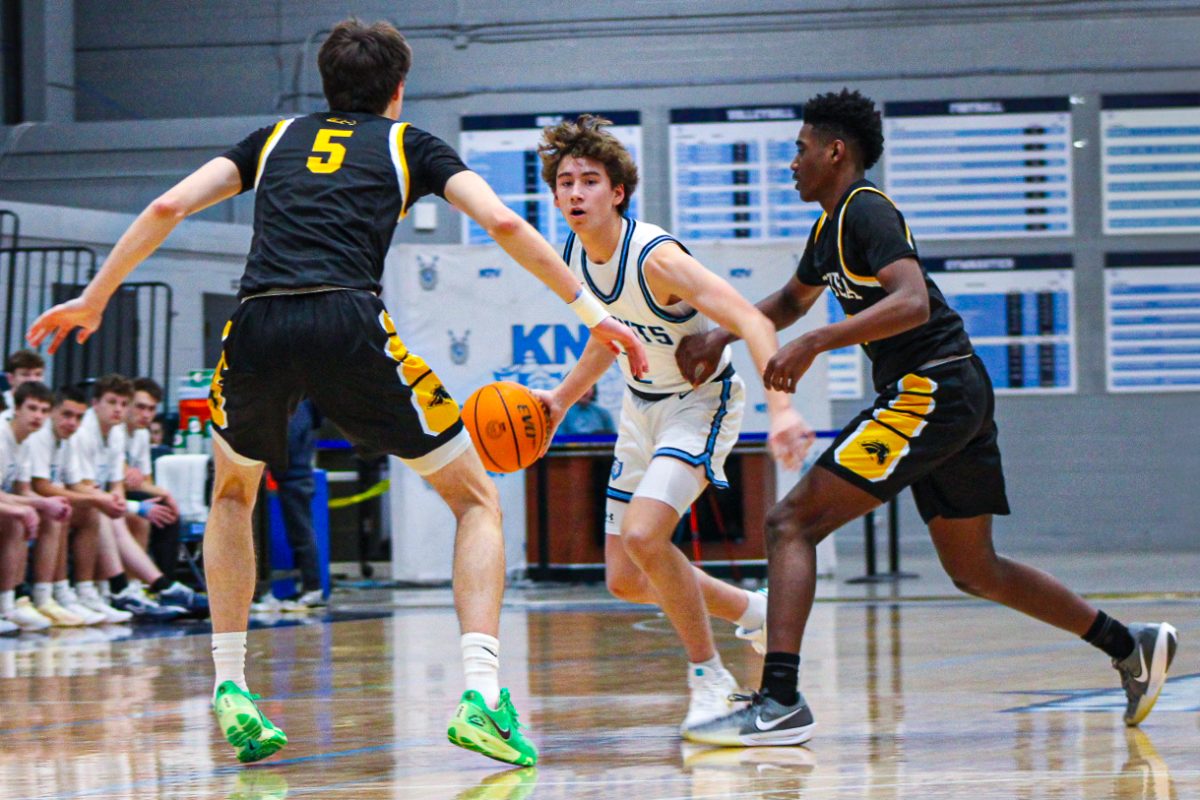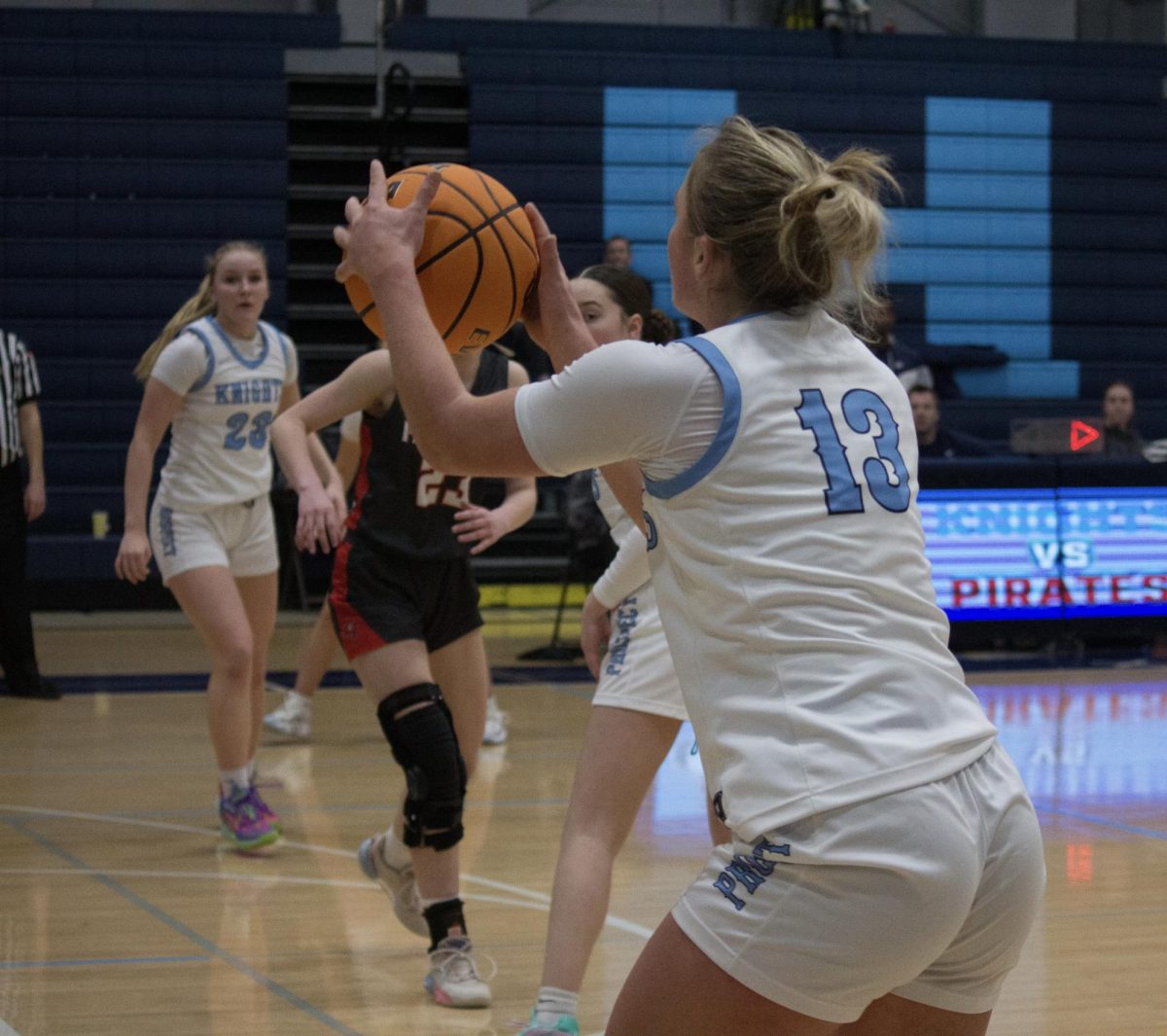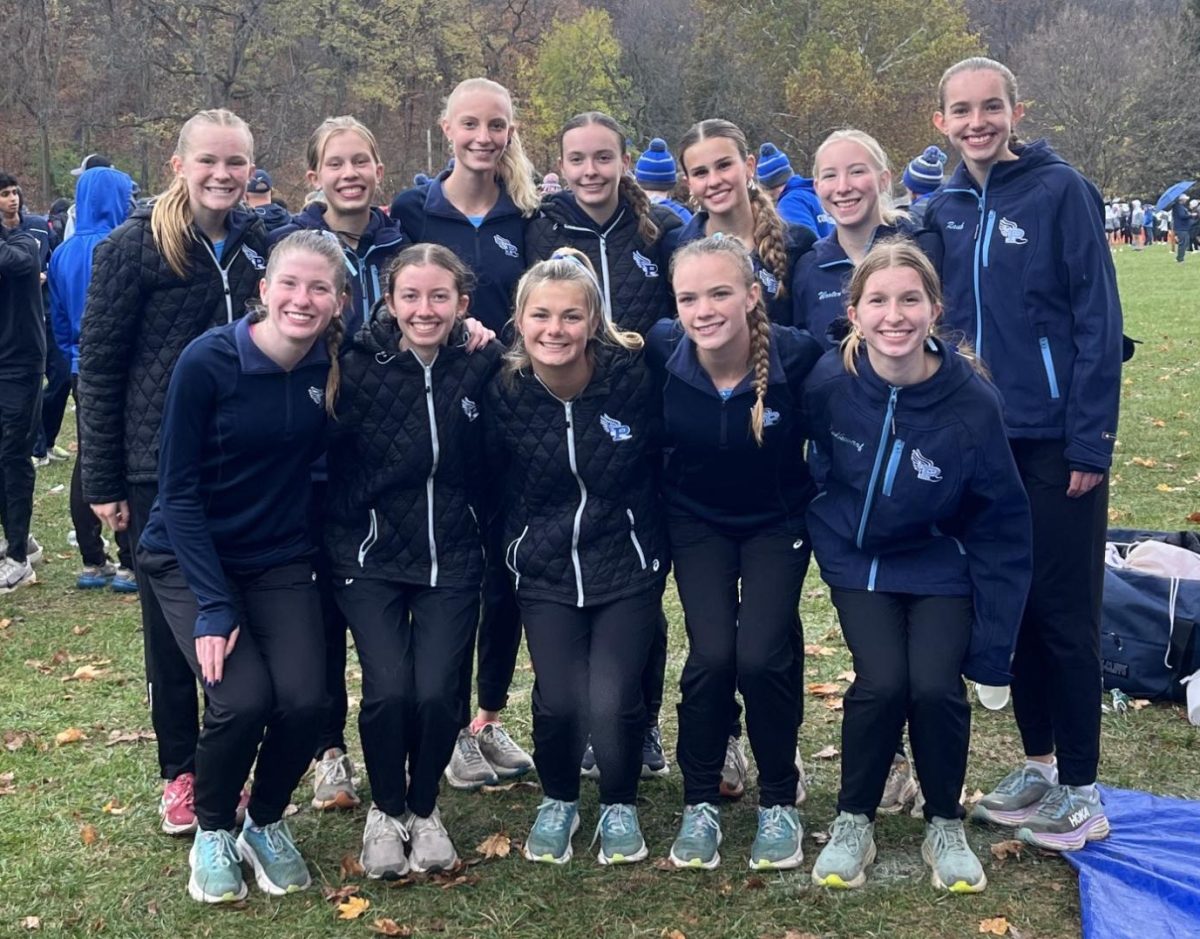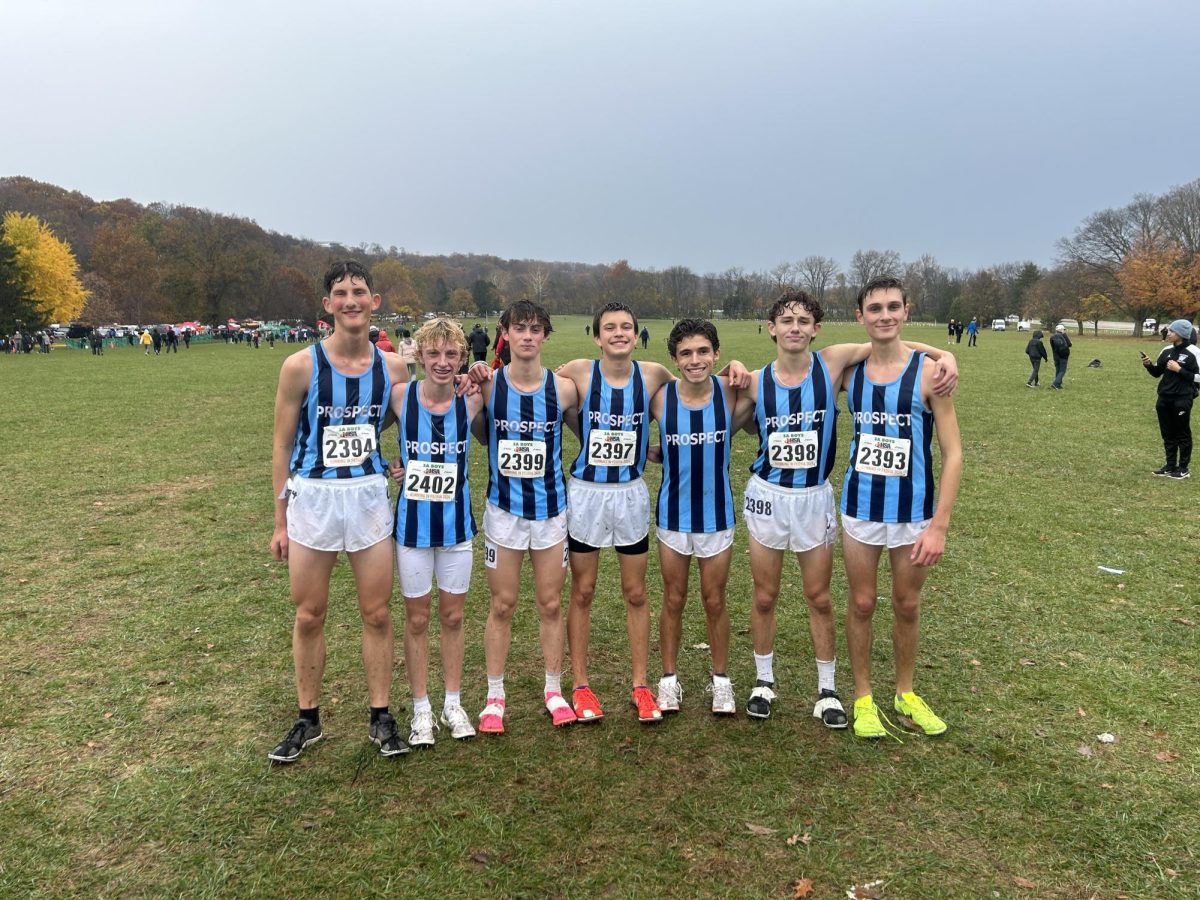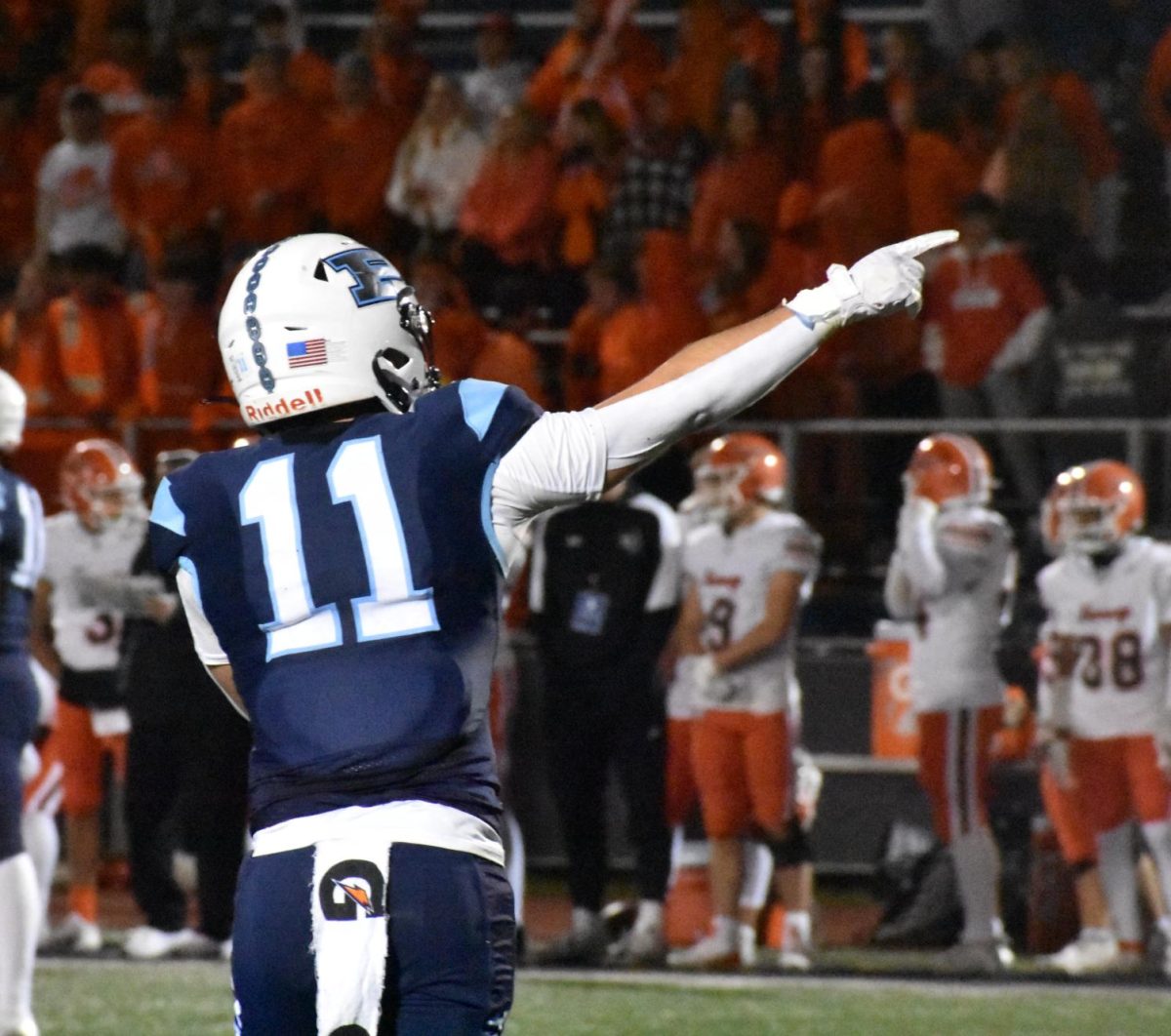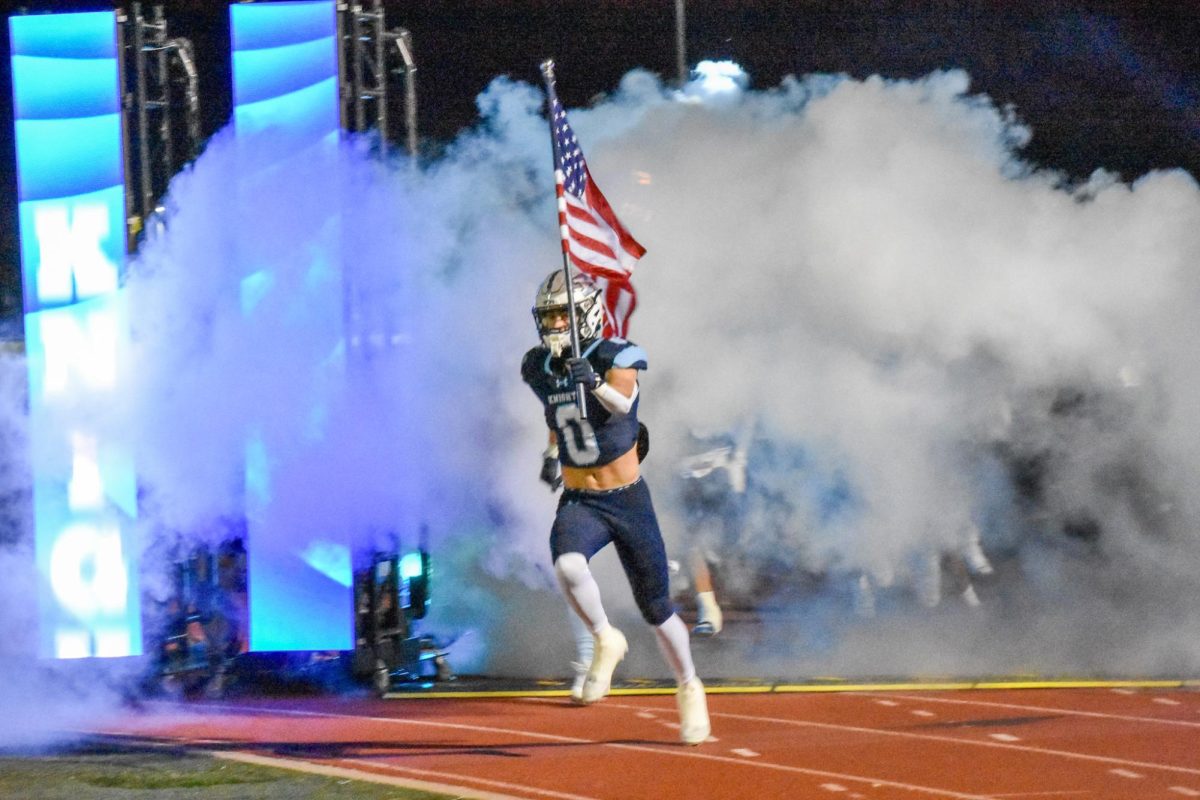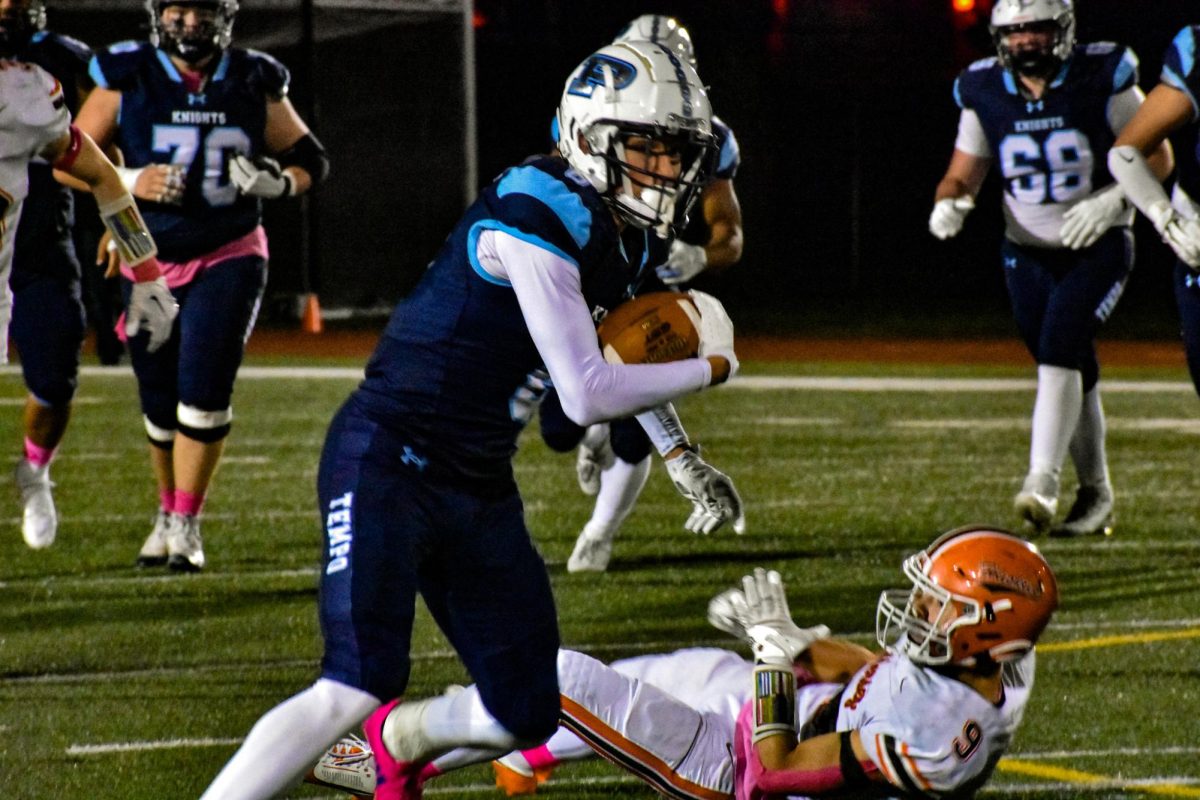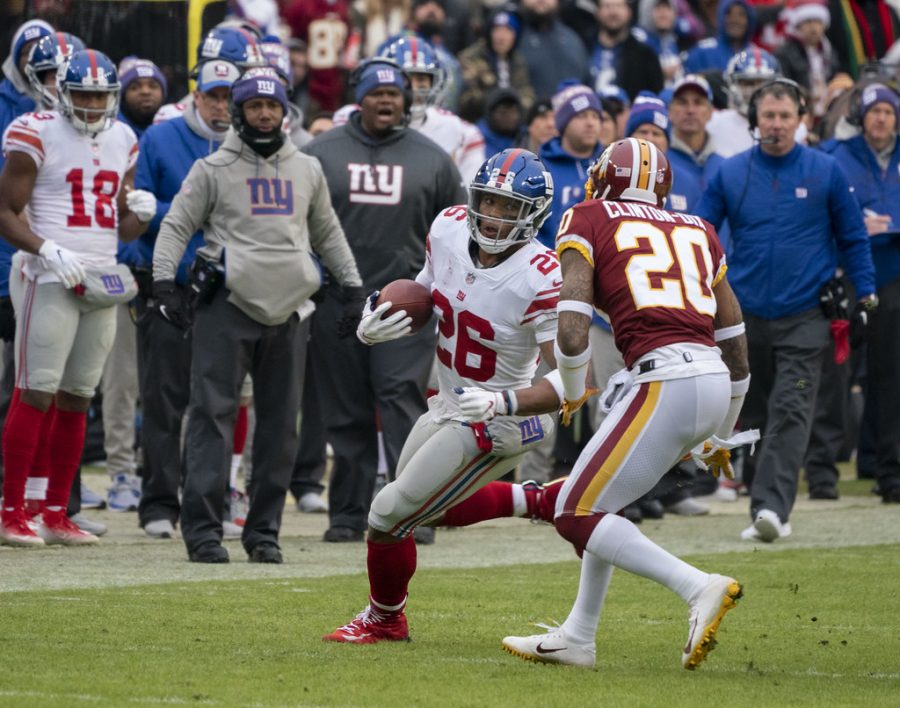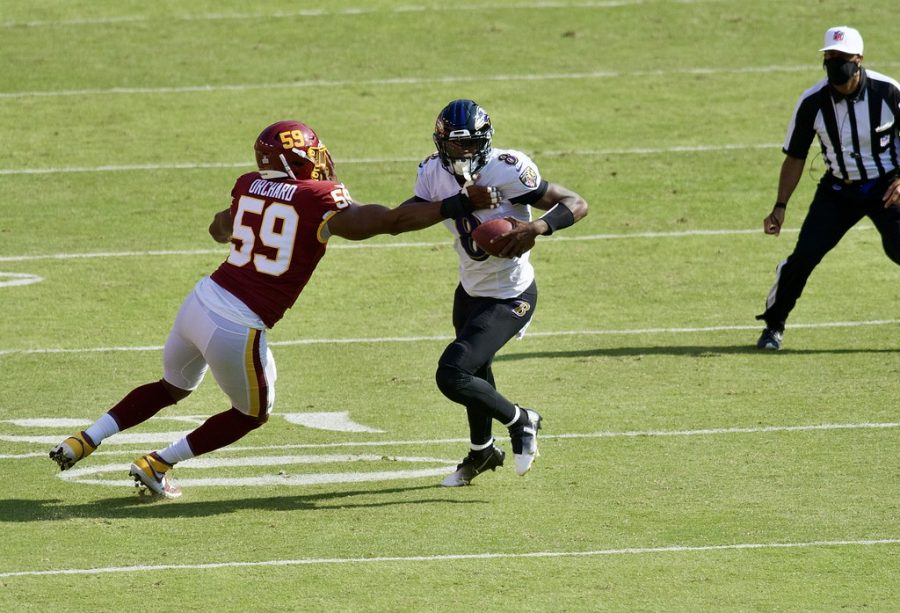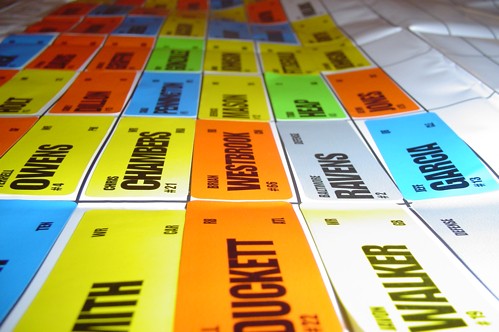
By Ian Magnuson
Executive Photos Editor
‘Grandfather’
This photograph was taken with a 50mm f/1.8.
Photo Stats: Shutter speed of 1/13 sec, F-Stop of f/1.8, ISO speed of 160, and no flash.
The Camera: I shot this photo with my Nikon D7000.
The Lens: I chose the 50mm because it makes a great portrait lens, easy to focus, tons of light, and easy to frame.
Pre-Shooting: I knew I wanted side lighting on his face and a little gradient in the background, so I set up two studio lights, one to the side and one behind him to illuminate the background. And I also wanted him to have an “about the author” pose. As he joked “now all I need to do is write the book.”
Light: Light is like one of those formulas in math that you must master early because it is the basis of the next fifteen chapters…
I used two studio lights, a slower shutter speed, a huge aperture and a medium ISO.
Shooting: When shooting, you want to look for the perfect angle that is both original and tells the full story. You should make sure the subject is completely in the photo.
Shoot often, but shoot smart.
Coming from someone who spends most of his time with a camera shooting photos of football, soccer, and maybe even some basketball, shooting portraits, you would think, should be very easy. Wrong!
In Sports photography, you work with the light you are given (often in a gym that makes photos look orange) and need to capture a still moment yet jam packed full of action.
In Portrait photography, you are god. With full control over everything you can make the photo anything you want, whether a dramatic portrait or a family photo, you are the only one in control.
Post Shooting: When you are shooting a portrait you will want to shoot in RAW files, not Jpeg. This is because you can make the photo look basically any way you want, while still a far stretch from a replacement of film, it is still better and gives you more control
CAMERA TERMS
ISO refers to the film speed. Even though most cameras today are digital not film the ISO camera setting still has the same meaning. Camera ISO determines how sensitive the image sensor is to light.
SHUTTER SPEED represents the time that the shutter stays open when taking a photo. This, along with the aperture value, equals the exposure value.
http://upload.wikimedia.org/wikipedia/commons/7/77/Shutter_speed_waterfall.gif
Aperture is a hole in the lens where the light goes through. You can adjust the size of that hole (commonly called the F-number) to adjust how much light passes through.
http://upload.wikimedia.org/wikipedia/commons/c/c9/Aperture-Lens2.gif
Categories:
Photo of the Week
January 10, 2012
0
Donate to ProspectorNow
This coming fall, we plan on traveling to the 2025 National High School Journalism Convention in Nashville, Tennessee, where we'll learn from professionals and get better at what we do: making the best multimedia student journalism in the state. If you've ever found anything of worth on this website, please consider donating to offset the cost.
















